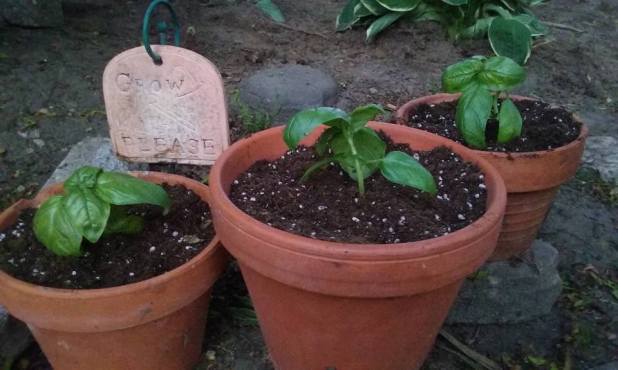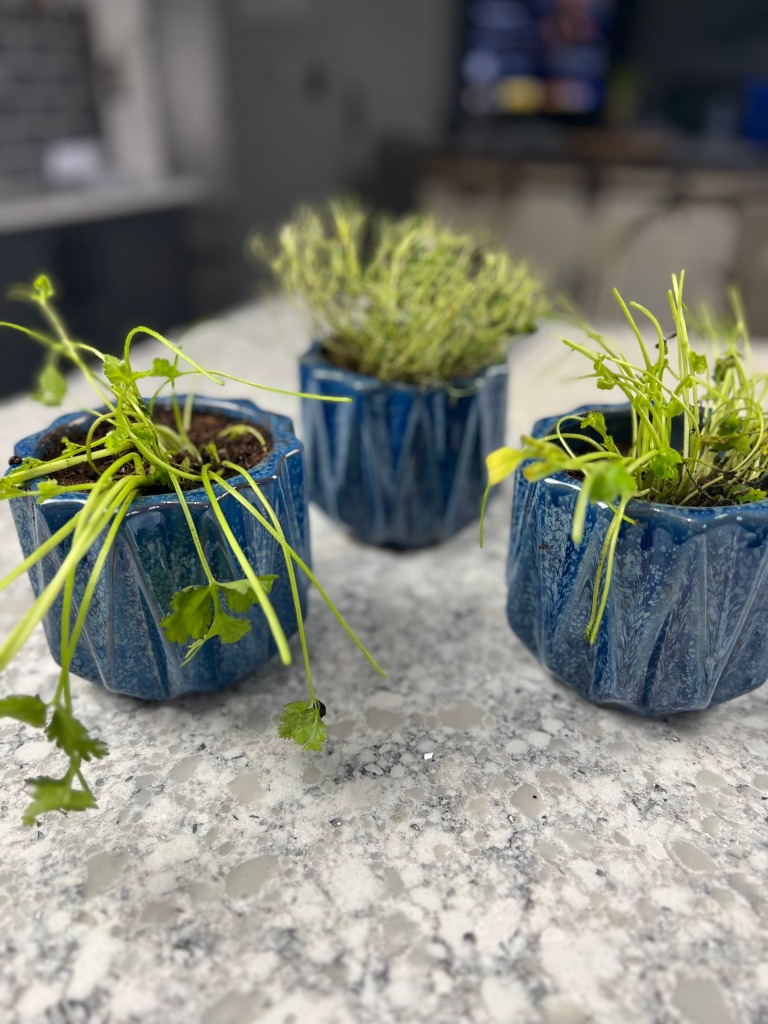“It is a good idea to be alone in a garden at dawn or dark so that all its shy presences may haunt you and possess you in a reverie of suspended thought.” James Douglas
You all know how much I love my herbs, so taking care of them and ensuring they continue to grow & thrive is essential to a bountiful harvest. Dividing them helps to keep them from getting too crowded, which can lead to poor growth and disease.
In this guide, I’ll be taking you through the benefits of dividing overgrown herbs, signs that your herbs need dividing, the best time to divide overgrown herbs, tools needed for dividing herbs, steps for dividing overgrown herbs, tips for planting and caring for divided herbs, common mistakes to avoid when dividing herbs, and recommended herbs to divide. So now lets get rolling friends!

What are the benefits of dividing my herbs?
Dividing overgrown herbs is a great way to keep your herbs looking and tasting their best. When you divide your herbs, you’re essentially creating new plants from one plant. This means that the new plants will have fresh, healthy roots and plenty of space to grow. Dividing your herbs can also help to promote new growth and increase the yield of your herb garden. And that’s what we want right friends… more herbs!
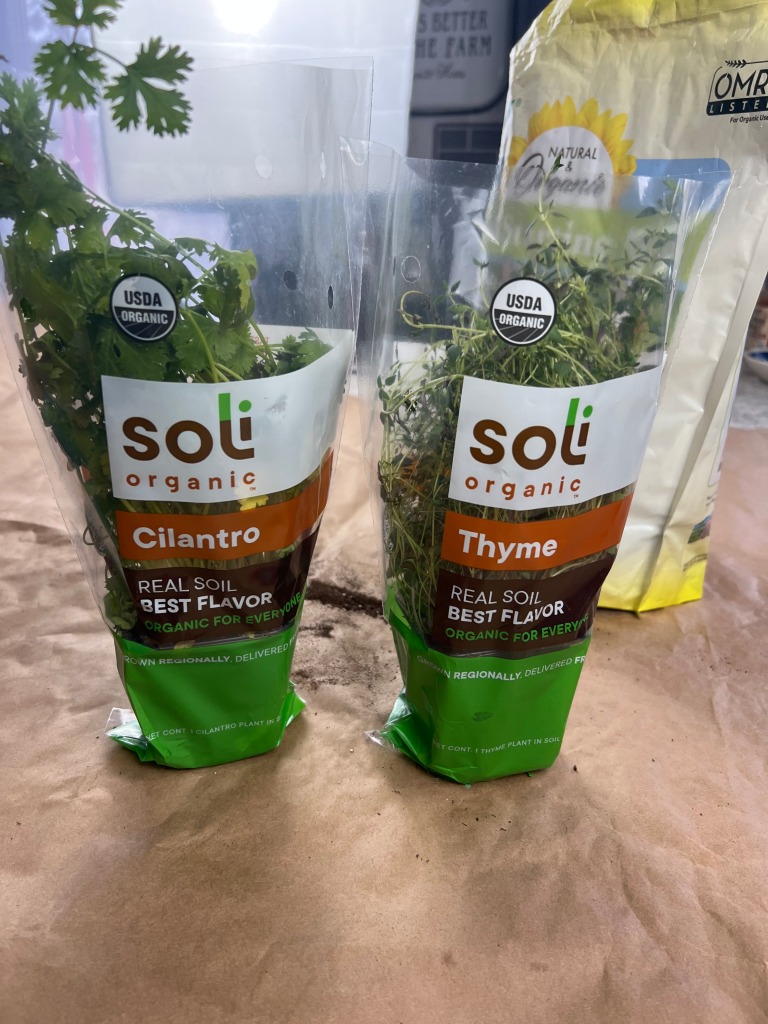
What are some of the signs that my herbs need dividing?
So, how do you know when it’s time to divide your herbs? There are a few signs to look out for. If your herbs are looking crowded or are starting to wilt, it’s probably time to divide them. You may also notice that your herbs are not growing as well as they used to, or that they are producing fewer leaves or flowers.

When is the best time to divide my overgrown herbs?
The best time to divide overgrown herbs is in the early spring or fall. This is when the plants are not actively growing, which makes it easier to divide them without causing too much stress. It’s also important to divide your herbs when the soil is moist, as this will help to minimize shock to the plants. If the soil is dry, I advise watering the soil and letting it set for about an hour before you divide.
Some of the tools you’ll need to divide your herbs!
To divide your herbs, you’ll need a few tools. These include a sharp pair of pruning shears or scissors, a garden fork or spade, and a container or pot for your new plants. You may also want to have some compost or fertilizer on hand to give your new plants a boost. If you are dividing herbs you purchased from a garden center still in its original planter, then you’ll need to carefully remove the plant and separate. See my video.
Here are the herbs I recommend that divide easily!
Not all herbs need to be divided, but some do better when they are divided regularly. Here are a few herbs that are great candidates for dividing:
- Mint
- Oregano
- Thyme
- Chives
- Sage
5 Easy Steps to Dividing Your Overgrown Herbs!
Now that you have all of your tools ready, it’s time to start dividing your overgrown herbs. Follow these steps if you are dividing plants you already have planted or if you are dividing plants still in their original container:
- Start by gently digging up the entire plant using your garden fork or spade. Be careful not to damage the roots. If you have a new plant in it’s original container, simply slide the whole plant out of the container.
- Once the plant is out of the ground or container, gently shake off any excess soil. You can gently pull apart roots if they are root bound in the container.
- Use your pruning shears or scissors to cut the plant into smaller sections. Make sure that each section has a healthy root system and a few leaves or stems.
- Replant each section in a new container or pot, making sure to space them out evenly.
- Water your new plants well and add some compost or fertilizer to give them a good start.
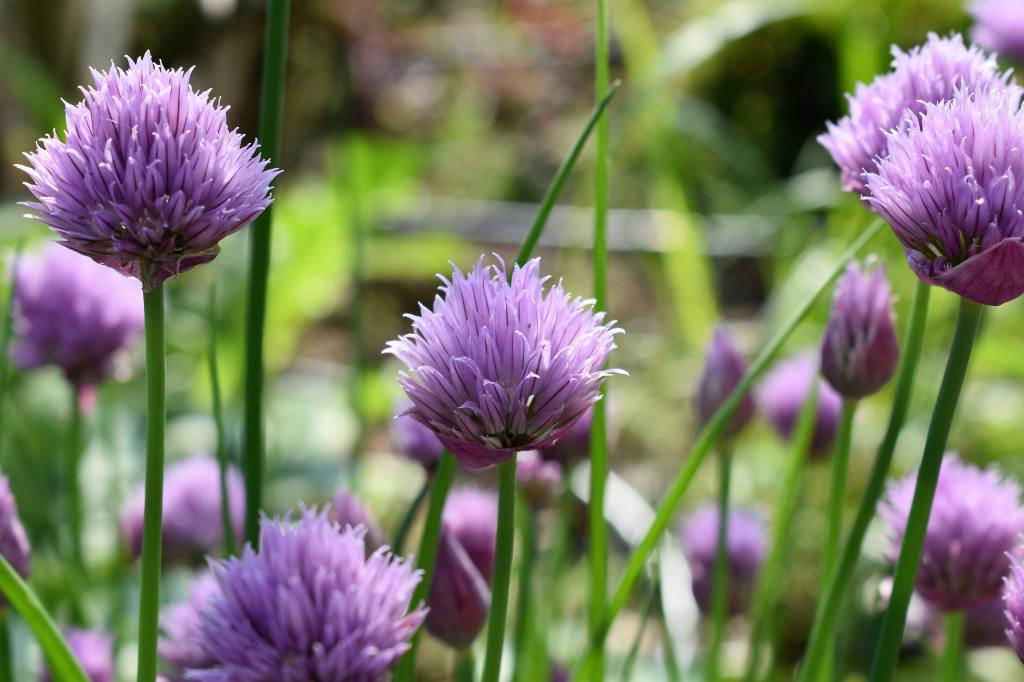
Here are a few tips & tricks for planting & caring for your newly divided herbs~
After dividing your herbs, it’s important to give them the proper care to ensure that they thrive. Here are a few tips to help you out:
- Water your new plants regularly, but be careful not to over-water them. Herbs prefer well-drained soil, so make sure that your containers have drainage holes.
- Place your new plants in a sunny spot. Most herbs prefer at least 6 hours of sunlight a day.
- Pinch back any flowers or buds that appear during the first few weeks after dividing. This will help your plants to focus on growing healthy roots and leaves.
- Fertilize your new plants every 2-3 weeks with a balanced, all-purpose fertilizer.
- Harvest your herbs regularly to encourage new growth.
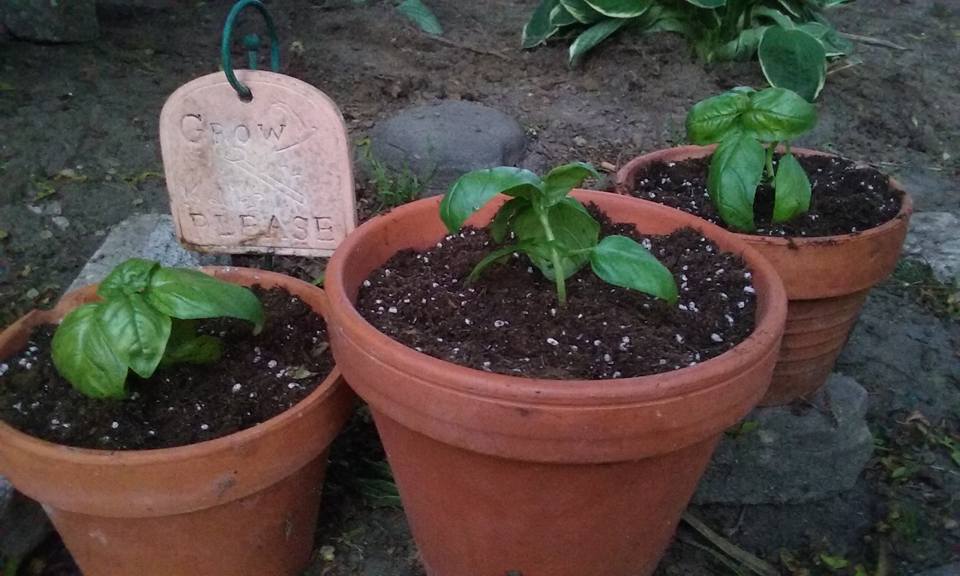
Avoid these common mistakes when you divide your herbs!
Dividing overgrown herbs is a relatively simple process, but there are a few common mistakes that you’ll want to avoid. These include:
- Dividing your herbs too often. Most herbs only need to be divided every 2-3 years.
- Don’t divide your herbs in the middle of the growing season. This can stress the plants and make it harder for them to recover.
- Not giving your new plants enough space. Make sure that each new plant has enough room to grow and develop a healthy root system.
- Over-watering your new plants. Herbs prefer well-drained soil, so make sure that your containers have drainage holes.
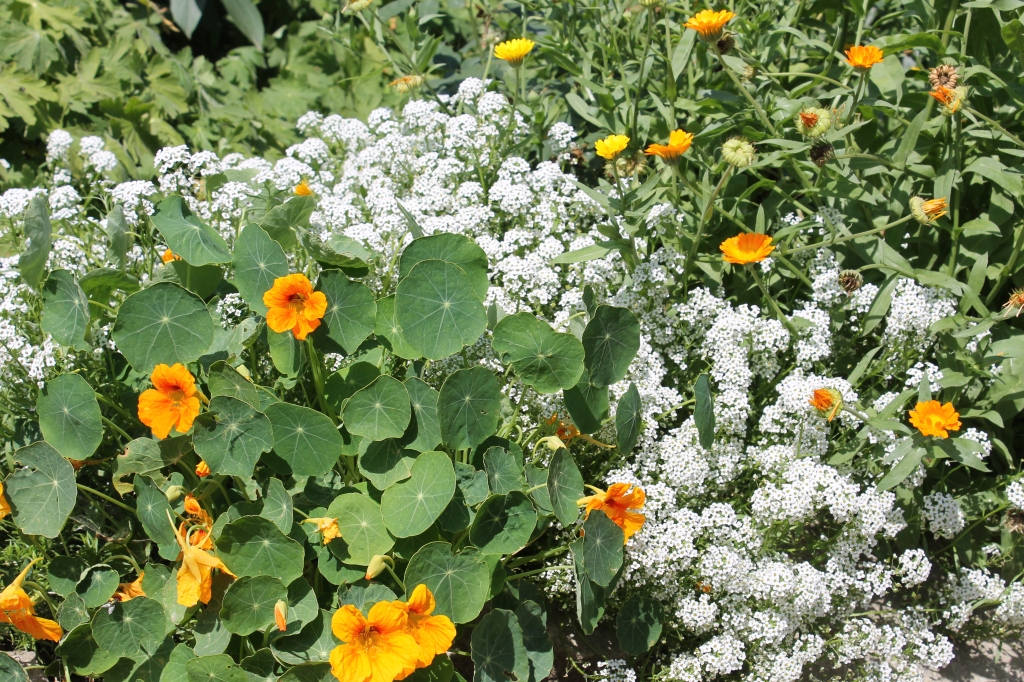
Dividing overgrown herbs is an important task for any herb gardener. By dividing your herbs, you’ll be able to keep them healthy and productive year after year. Remember to divide your herbs in the early spring or fall, and be sure to give them the proper care and attention they need to thrive. With a little bit of effort, you’ll be rewarded with a bountiful harvest of fresh, flavorful herbs that you can use in all of your favorite recipes.
If you enjoyed this blog, please LIKE, Follow, Share & leave me a comment! I love your feedback!
If you aren’t following me on Facebook & Instagram go on over & give a LIKE & Follow me for daily tips & tricks for your home & garden!
Added bonus: You can go to my blog at http://www.fordragonfliesandme.com to purchase my original cookbook, Lovingly Seasoned Eats and Treats in either a spiral bound soft cover OR NEW, a Downloadable PDF version. The cookbook has almost 1000 recipes on almost 500 pages! Check out the Cookbook Testimonials while you’re there!
Until next time remember to,
Eat fresh, shop local & have a happy day,
Jean
Copyright Policy
All text and images on this site are copyright of For Dragonflies And Me. Unless otherwise noted, you may not use this content.

